For nearly the past five years I have been using the SIG Sauer KILO2000 laser rangefinder. While I have not had any real issues with it, the KILO2000 has become a bit long in the tooth compared to what rangefinders have been released in the past year or two. Hence I decided to pick up a new laser rangefinder in the form of the SIG Sauer KILO8K-ABS.
The KILO8K-ABS is one of the newest laser rangefinder (LRF) units released by SIG and they are currently in short supply as it took me two months to receive mine from the vendor. I actually ordered one back in January 2022 from Sportsman’s Warehouse and it arrived opened with all of the accessories missing.
The seal was broken and the laser rangefinder unit was wrapped in bubble wrap and only the instruction manual was inside. I ended up taking it to the local Sportsman’s Warehouse store to return it and placed a backorder for one it from Camera Land NY (at a lower price).
Two months after ordering with Camera Land NY the unit arrived sealed and factory fresh.
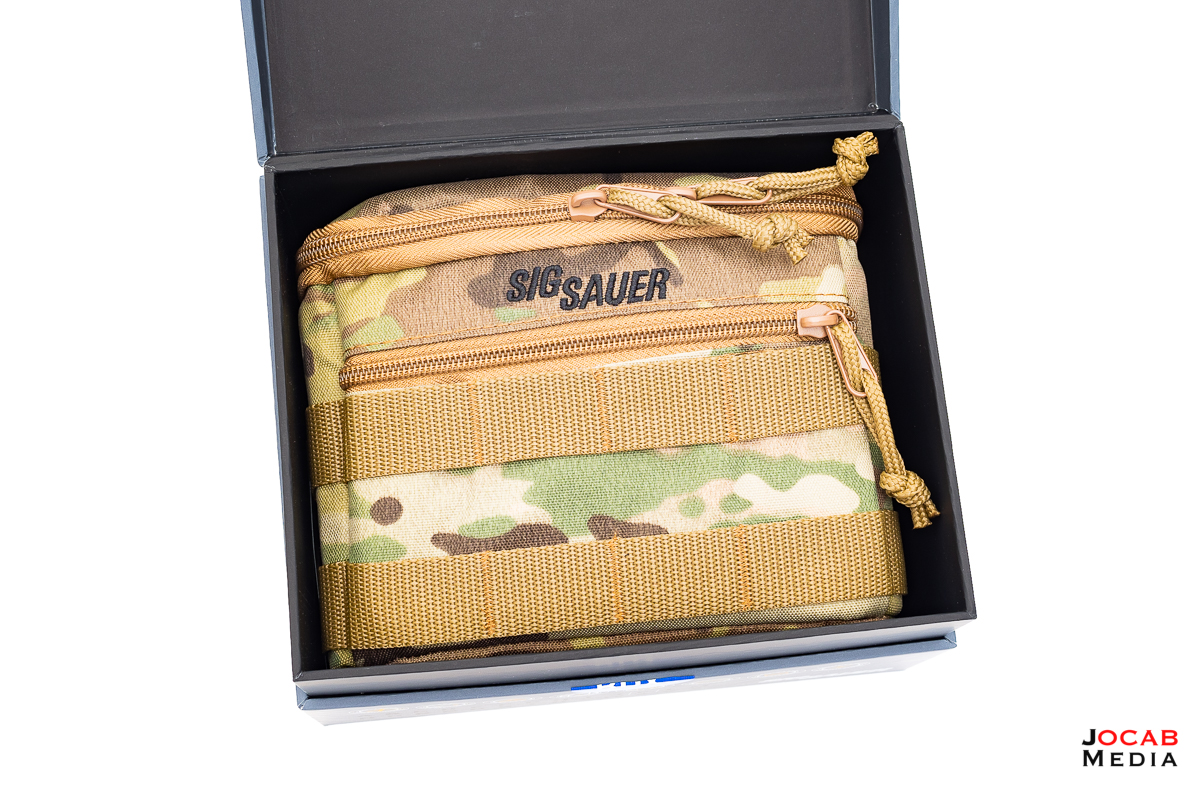
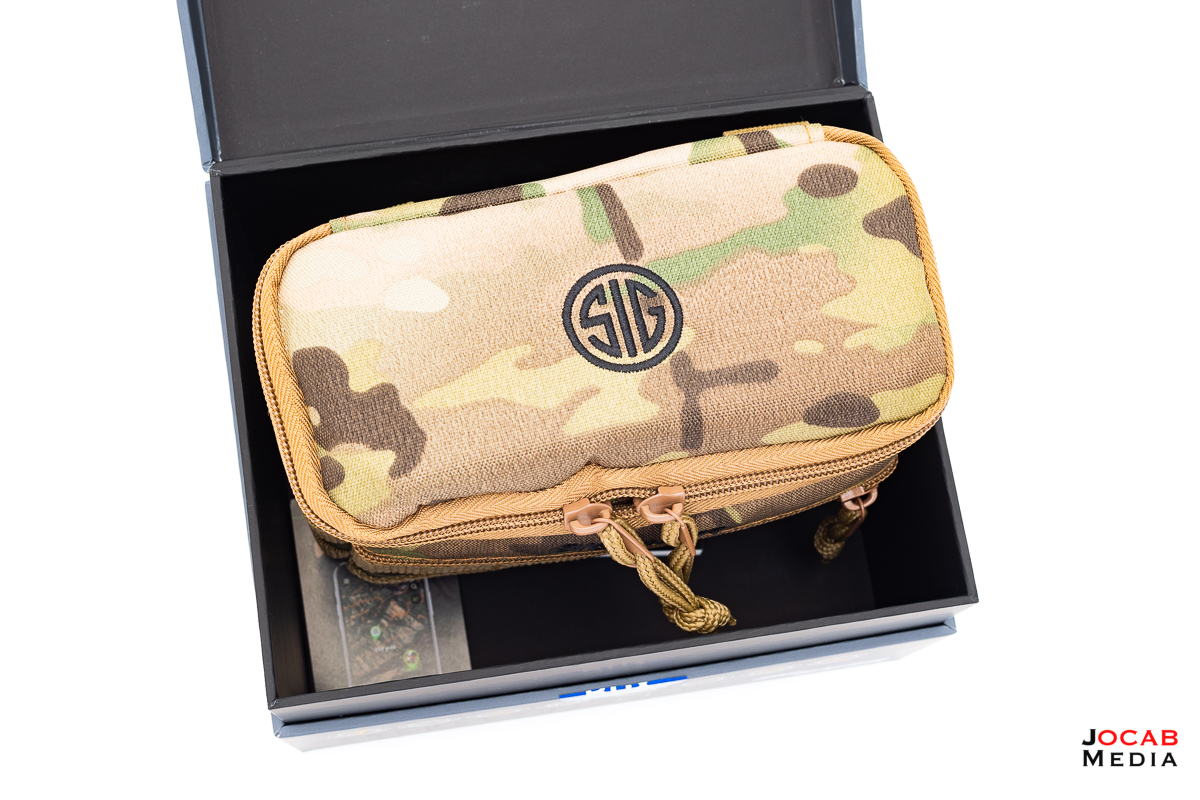
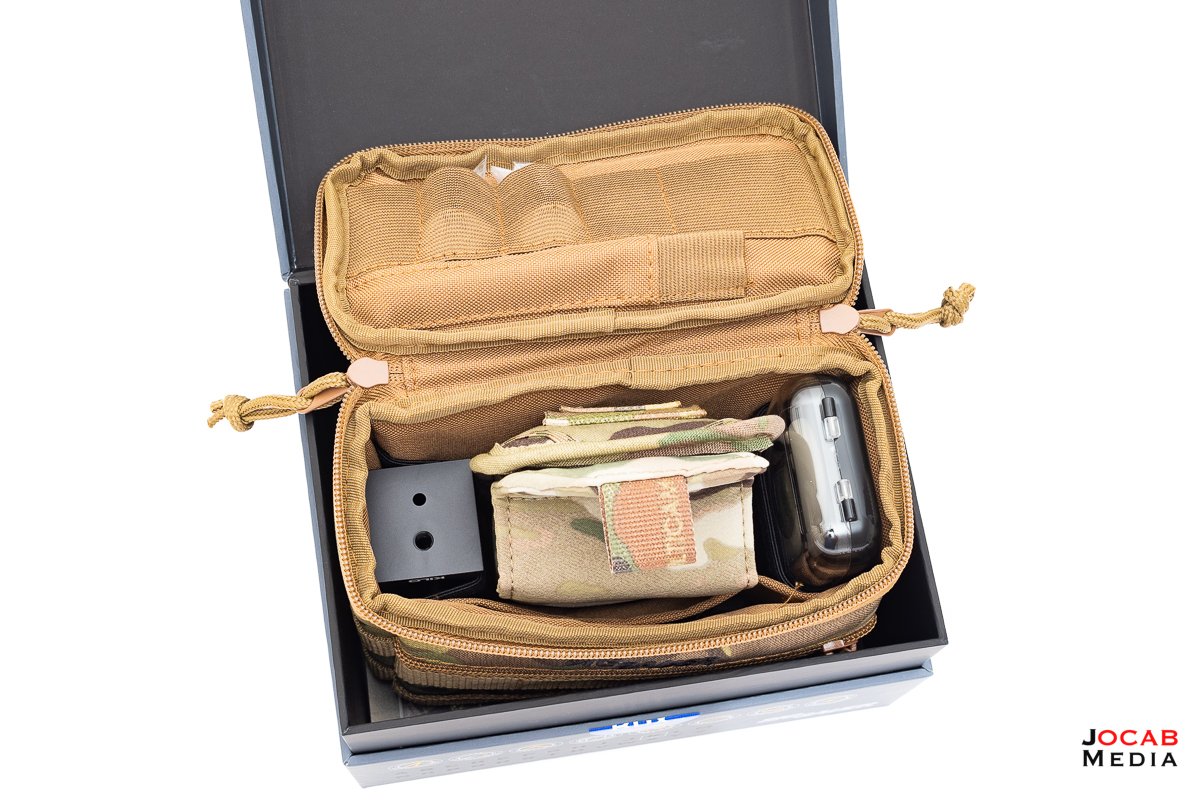
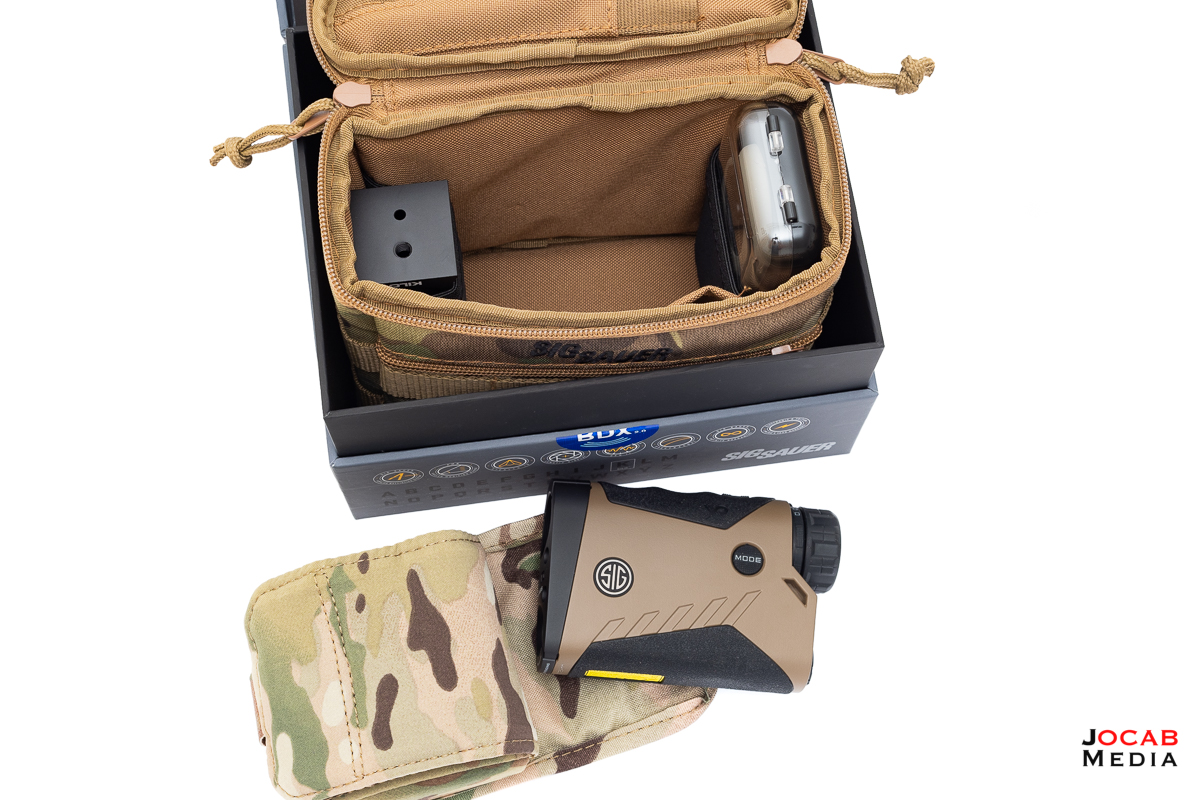
The KILO8K-ABS comes with a large MOLLE pouch in Multicam, a small carry sleeve/pouch in Multicam, a tripod adapter (for Arca-style dovetail or 1/4″-20 thread), and a Weatherflow windmeter.
The SIG KILO8K-ABS has a 7x25mm optical system with 6.78 degrees field of view. The beam divergence is listed as 1.2 x 0.25 MRAD and SIG claims the KILO8K-ABS has a maximum reflective range of 8000 yards, hence the 8K nomenclature, a maximum non-reflective ‘deer’ range of 2000 yards, and maximum ‘trees’ range of 2500 yards.
SIG highlights the following features for this new rangefinder on their product page:
- Gen II Lightwave DSP Ranging Engine With Extended Range (XR) Mode
- Onboard Environmental Sensors for Real-time Ballistic Calculations
- Drop Remote Waypoints With Basemap App
- Applied Ballistics Elite With Complete AB Bullet Database, Up to 25 Custom Bullet Profiles and 8 Onboard Ballistic Groups
- BDX 2.0 Enabled With Low Energy, Long Range Bluetooth
Aside from the above highlights, the KILO8K-ABS has a 304 x 256 pixel active-matrix OLED display which allows the unit to display a lot of information within the viewfinder. This is critical considering that the KILO8K-ABS has the Applied Ballistics System built-in (hence the ‘ABS’ nomenclature) combined with onboard environmental sensors.
All of the information that can be extrapolated from these sensors can be displayed to the operator effectively.
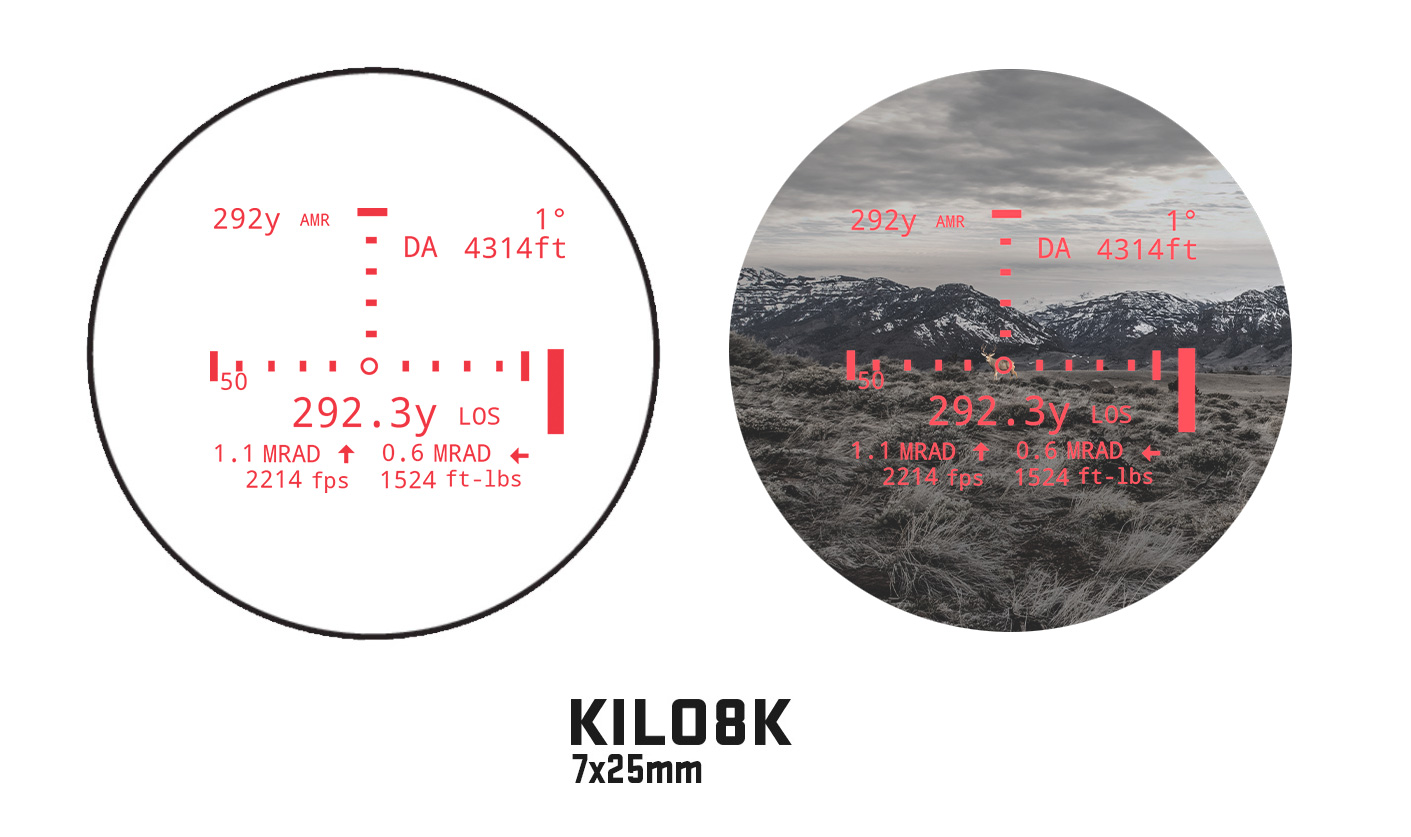
The user will have the line-of-sight ranged distance in the center with the angle modified ranged distance in the upper left corner of the display, the angle of inclination on the upper right corner, direction (based on internal compass), density altitude, and the respective firing solution for the active gun profile.
Management of the gun profiles on the KILO8K-ABS is handled via the SIG BDX phone application and works similarly to the Kestrel LiNK Ballistics phone app (that is used with Kestrel units with Applied Ballistics). You create a gun profile in the SIG BDX phone app with all the relevant information (e.g., bullet, muzzle velocity, sight height, etc.) then sync it to your paired KILO8K-ABS.
Up to 30 gun (and/or crossbow) profiles can be synchronized from the SIG BDX phone app to the KILO8K-ABS. The profiles are now present on the LRF and you can select the active profile within the KILO8K-ABS menu system (looking through viewfinder).
The included WeatherFlow meter pairs with the KILO8K-ABS to work in conjunction with the internal ABS and provide adjusted firing solutions taking into account the wind speed recorded. To help ensure the wind data is used effectively, the operator can enter the wind speed direction into the KILO8K-ABS.
It is important to note that the KILO8K-ABS can pair with a Kestrel 5700 Elite to utilize the Applied Ballistics System onboard the Kestrel in BDX External mode. In this mode, the KILO8K-ABS transmits the distance to the Kestrel, the Kestrel calculates the firing solution and sends that elevation and windage information back to the KILO8K-ABS. It is my understanding that in BDX External mode, the environmental data from the Kestrel is used.
BDX External mode is slower than using the built-in ABS due to the two-way Bluetooth data flow and it will also use more battery power. I honestly don’t see myself using BDX External mode and if I were to use the Kestrel 5700 for the firing solution, I would simply measure distance with the rangefinder and enter it manually into the Kestrel.
As mentioned earlier, the KILO8K-ABS comes with a tripod adapter. However it is an odd slip-fit design. The adapter fits directly over the KILO8K-ABS unit and is simply held by friction (or lack thereof). It slips on and off quite easily.
This is a far cry from the Really Right Stuff BSSK2000 tripod mount adapter that I have for my KILO2000 which is CNC-machined 6061-T6 aluminum and a clamp fit with two screws.
I have no idea why SIG would produce an LRF mount with such a loose fit design. Furthermore, I find it a little offensive that SIG sells the Tripod Adapter Sleeve (for KILO 2000 series units) for $109 when the RRS BSSK2000 adapter sold for $75 and is a far better design (and sadly no longer in production).
The KILO2000 has listed dimensions of 4.2″ long, 3″ tall, and 1.3″ wide, whereas the KILO8K-ABS is listed as 4.4″ long with the same height and width. Both have the same body contour when looking at them straight on and the RRS BSSK2000 does fit the KILO8K-ABS.
Thus, I am repurposing the Really Right Stuff BSSK2000 from my KILO2000 for the KILO8K-ABS.
The included bags are nice extras, yet I don’t anticipate using them. The large MOLLE Multicam bag is large enough to store the KILO8K-ABS including all the accessories. However, I don’t see how anyone would really use this pouch to transport their LRF as they would likely have another bag or container to carry their gear.
The smaller carry sleeve for the KILO8K-ABS is somewhat nice, but I find two issues with it. One is that it uses a magnet for the flap closure. Magnets appear to be the popular method for closing flaps on pouches for hunting gear as it is relatively silent, especially when compared to hook and loop (aka Velcro) and zippers. But I personally don’t like magnets simply because I wear mechanical wrist watches. Magnets and mechanical movements do not mix. The odds of this magnet case ever magnetizing one of my watches while in use is extremely low, but I still avoid magnets on carry gear whenever I can.
The more prevalent issue with the carry sleeve is that it only has a belt loop and is not MOLLE-based. It does appear to have a small loop that could be used on PALS webbing, but it would result in the case being mounted sideways.
For these two aforementioned issues, I do not anticipate using the LRF carry sleeve and will stick with the FHF Gear Rangefinder Pouch 2.0.
The SIG KILO8K-ABS runs off a single CR2 battery which is quite common among current production laser rangefinder units and SIG includes two CR2 batteries in the box. SIG cites that the CR2 battery should last 4000 ranges in the KILO8K-ABS.
With all this said, how does it perform?
Unfortunately, I did encounter inconsistencies in the performance of the KILO8K-ABS during testing.
During initial testing in my neighborhood, the laser rangefinder was not returning any value sometimes. This includes large objects like the side of a house or a roof of a house, including at shorter ranges of 50 to 300 yards. During these same conditions and at the same time, my KILO2000 will quickly return a distance value that appears to be correct.
I tried adjusting the settings of the KILO8K-ABS during my tests to use First, Last, Best, etc., target modes and it still has inconsistent results in returning a distance.
I sent it to SIG to have it checked out and it was returned a few weeks later with comments that they could not replicate the issue.
I then proceeded to test the reticle alignment and I did find that the reticle not perfectly aligned to the laser as it seems like the reticle is left of the laser (based on testing and aiming left of target). I shifted it right as much as the unit allows, but it is still slightly off.
With this in mind I continued testing and sometimes the KILO8K-ABS will not return a reading on a pipe, concrete lamp post, or other types of non-reflective curved objects even at short range, when the KILO2000 will return a value quickly and without issue.
Addendum (2022-09-15): After continued use, I have discovered that my KILO8K-ABS unit appears to function less reliably in bright, sunny conditions on non-reflective objects. The same objects in overcast conditions will return a reading.
However, I am able to get a reading in tighter situations where the KILO2000 cannot. For example, if there are two objects next to each in the field of view, but one is farther back than the other, the KILO8K-ABS can pick out either target. The KILO2000 on the other hand has issues giving a value that the user can interpret as being for the given target in question.
Also, the KILO8K-ABS appears to be able to pick out steel targets when the KILO2000 will more often return the distance of the berm behind the steel target.
Pre-release reports of the SIG Sauer KILO8K-ABS cited an MSRP of $1949.99. However, there have been some price fluctuations between the start of 2022 and July 2022. SIG listed the KILO8K-ABS at $1791.99 USD during Q1 and Q2 of 2022 and I would still consider this price a bit hefty even if SIG is touting this as their flagship laser rangefinder monocular unit. During that time of the $1791.99 (or $1949.99) MSRP, it appeared retailers were selling the KILO8K-ABS at around $1500 USD and I was able to score my unit well below the $1500 price thanks to a Camera Land NY sale, making it a more digestible purchase.
As of July 2022, SIG price increases have pushed the MSRP of the KILO8K-ABS to $1979.99 (just $30 more than originally set). However, it appears the retailer pricing is now around $1800, which is about $300 higher than retailer pricing earlier in the year.
With this price revelation, is the SIG Sauer KILO8K-ABS a buy?
If you really want a more all-in-one approach where you can lase a target and immediately get a firing solution, then the KILO8K-ABS is going to be your cup of tea. This LRF system is definitely going to excel most in hunting and field shooting scenarios.
However, if you are not needing this type of field expedience and speed, and already have a Kestrel 5700 Elite with an internal ballistics solver or like to use a phone app with target cards for known distance, then you could probably get another current production laser rangefinder without the frills of internal ballistics, Bluetooth, and built-in environmental sensors and save a good chunk of change.
I will admit that ranging a target and having the firing solution in the viewfinder real-time based off the atmospheric conditions is quite convenient.
As far as the 8000 yard maximum range, I really don’t view this as a selling feature. For long range precision shooting applications with unknown distances, 8000 yards is well out of range of any shot. The 2000 and 2500 yards rating for deer and trees is a bit more practical as these distances are in the extreme long range territory (e.g., .338 Lapua, .50BMG, and other exotic ELR cartridges).
If anything, beam divergence is more important to me as it is more critical that the rangefinder is reflecting off the desired object as opposed to past it (or before it).
I highly appreciate the active-matrix OLED display within the viewfinder as it is very easy to read and provides tons of data within the field of view.
Given the price point of the KILO8K-ABS I would honestly tell most people to get something with a little less frills like the KILO5K which is less than half the price of the KILO8K-ABS, or even a competing manufacturer’s LRF like Vortex or Bushnell that is somewhat more budget minded. The justification for going KILO5K is further strengthened in the fact that the KILO5K has the same “deer and trees” maximum range ratings as the KILO8K-ABS (granted, the 8K has a tighter beam divergence at 1.2 MRAD vs 1.3 MRAD of the 5K).
Those who are not concerned about the KILO8K-ABS price should also investigate the other higher tier LRFs such as the Leica 3500.com or the REVIC BR4.
In summary, I feel that the SIG Sauer KILO8K-ABS is a full-featured laser rangefinder and at the same time will be overkill for most people’s needs.
Note: This unit supports Basemap. I did not test out this functionality. However, I anticipate it performs on the SIG KILO8K-ABS equally to any other LRF or optic that also has Basemap support.
Addendum:
In April 2023, my KILO8K-ABS suddenly stopped giving distance readings. Maybe 1 in 40 tries it would return a distance value. I ended up contacting SIG to put in an RMA. I sent it in and after a week, I got a shipping notification from SIG and ended up receiving a completely brand new unit. The new unit was 100% fully functional and is not as inconsistent as the original unit was. It is likely the inconsistencies I noted in my original review were due to a malfunctioning unit.

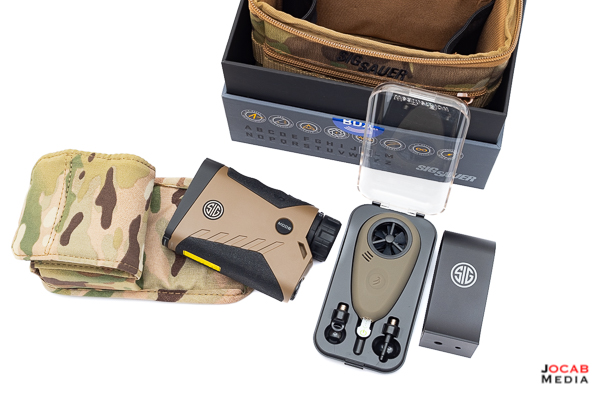
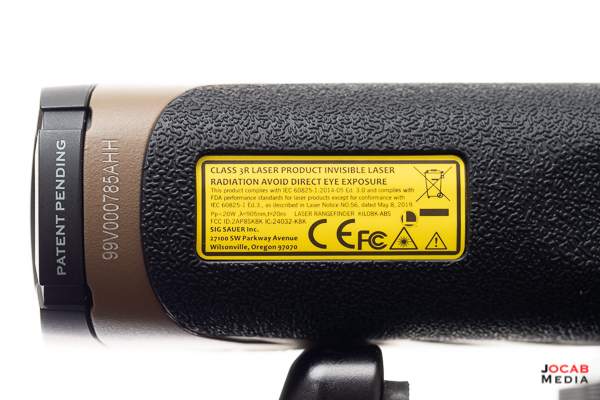
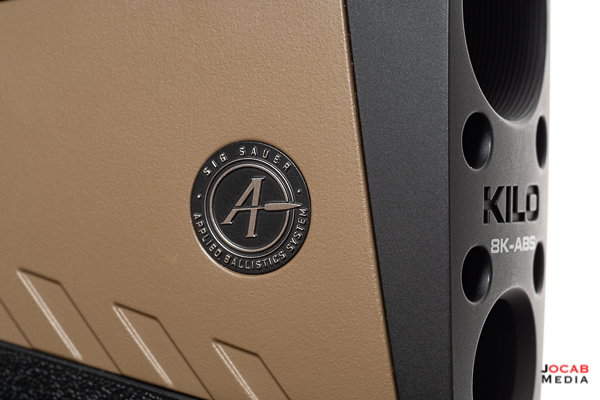
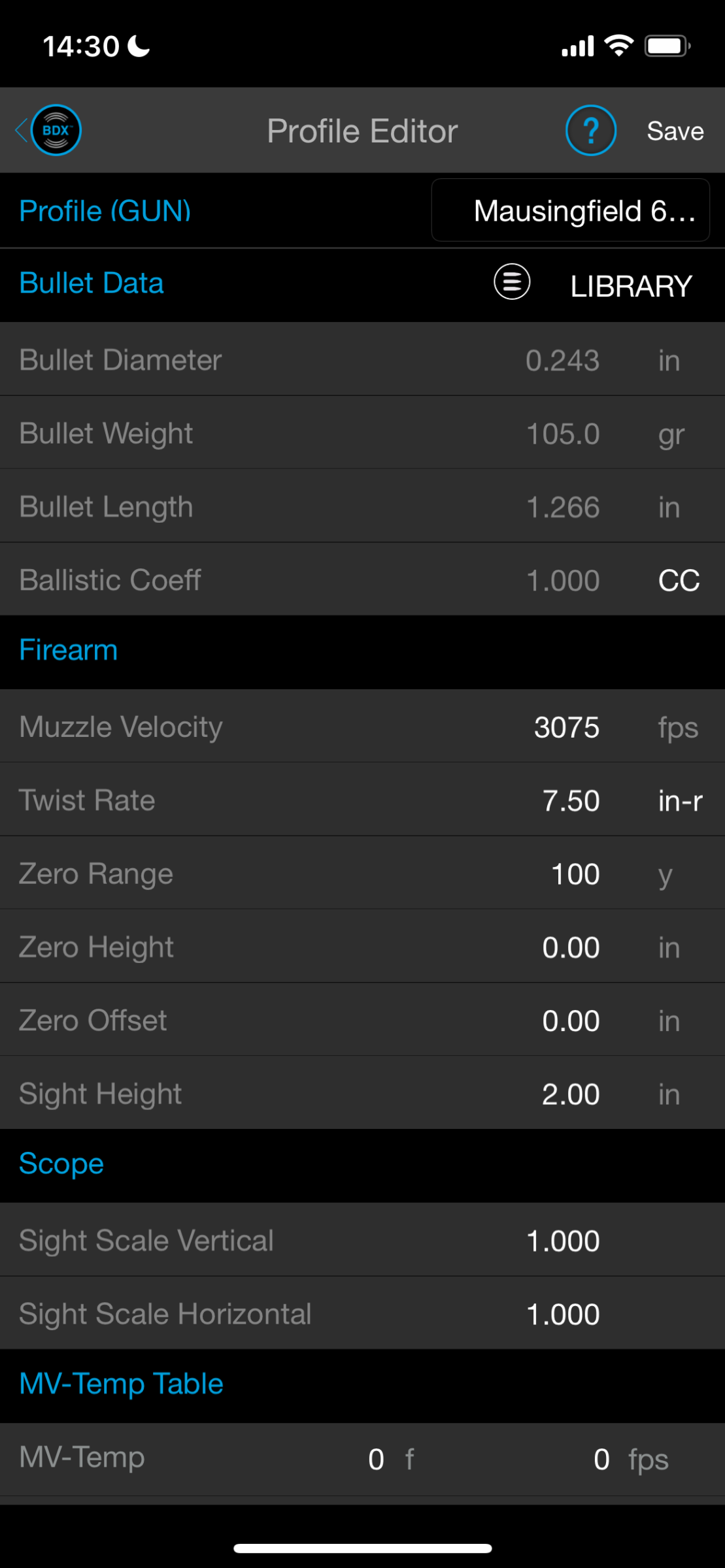
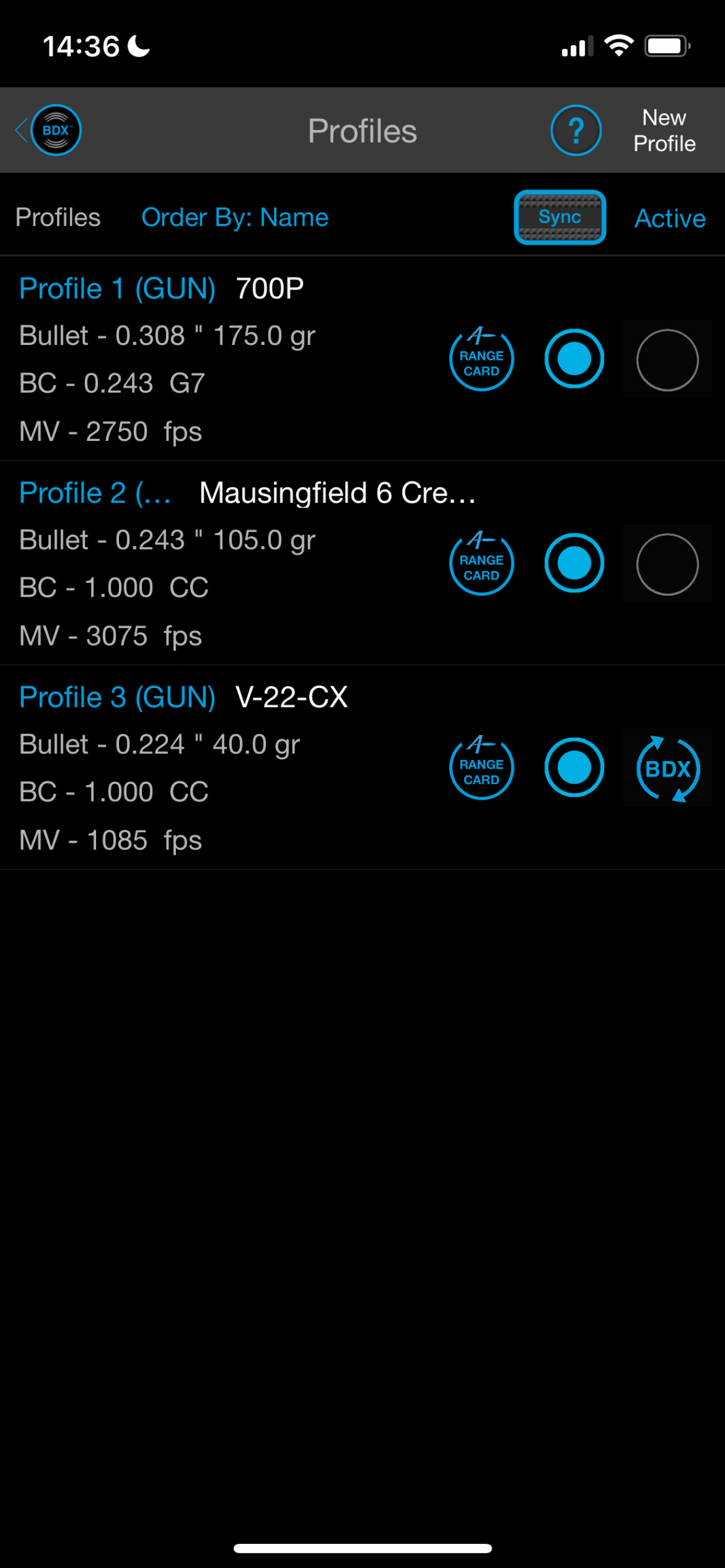
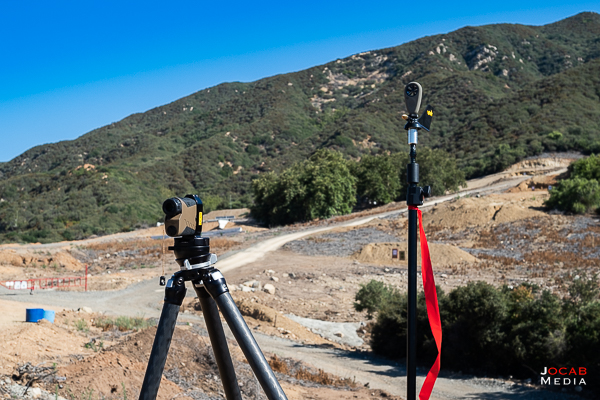
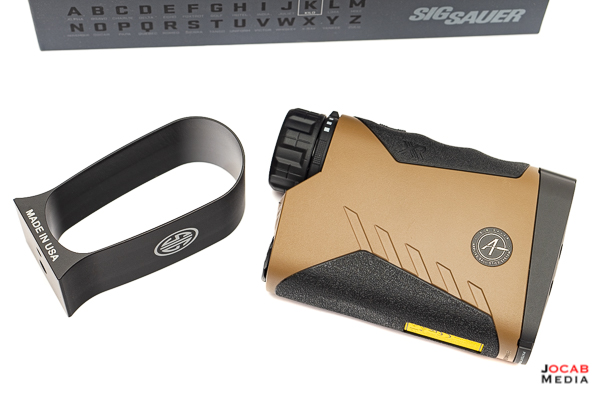
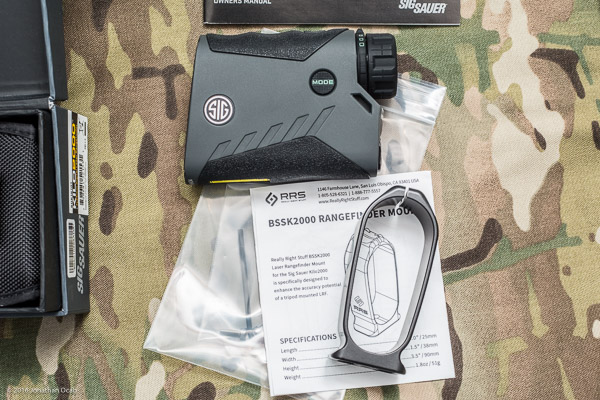
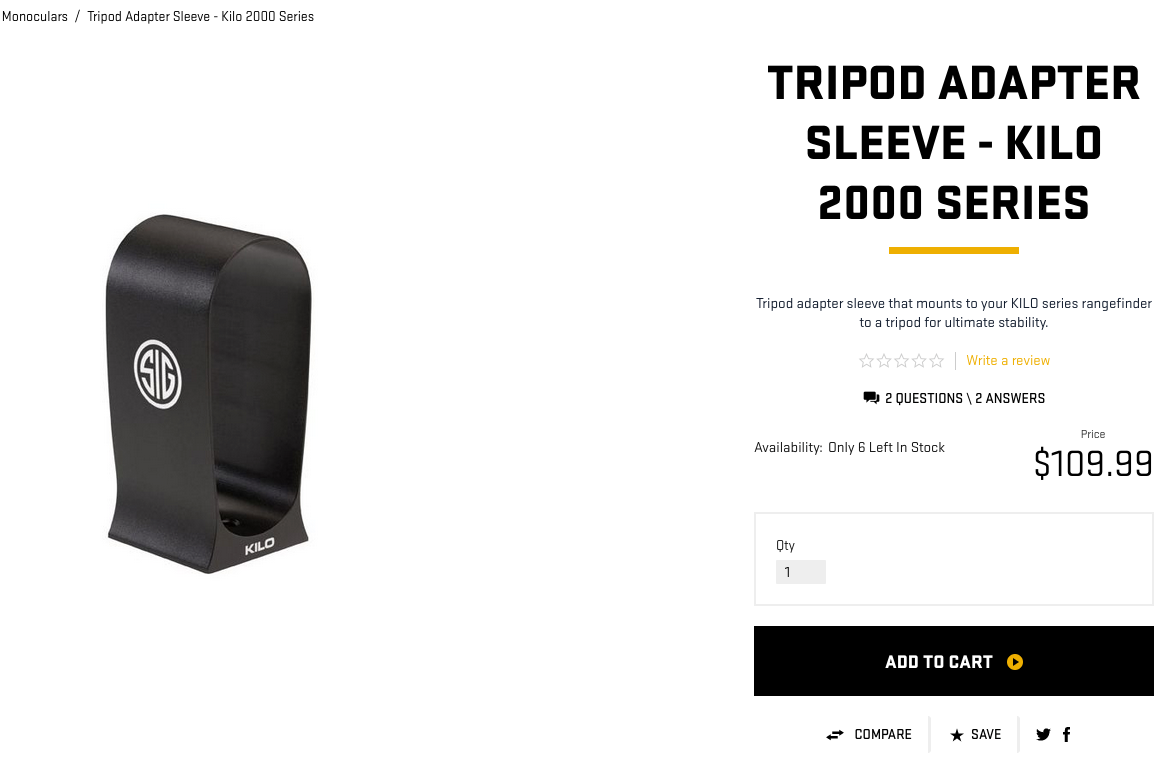
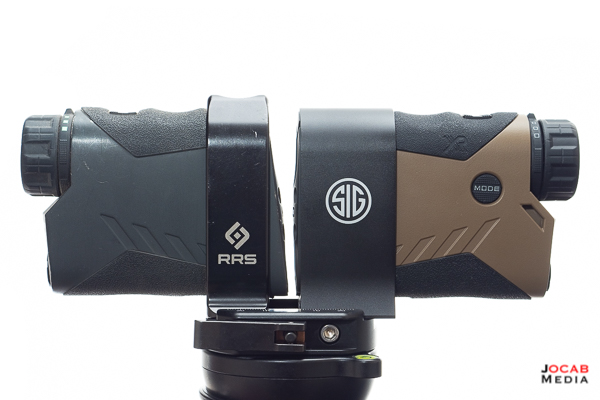
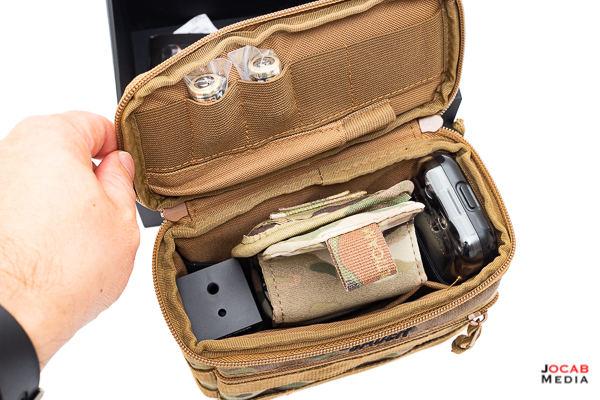
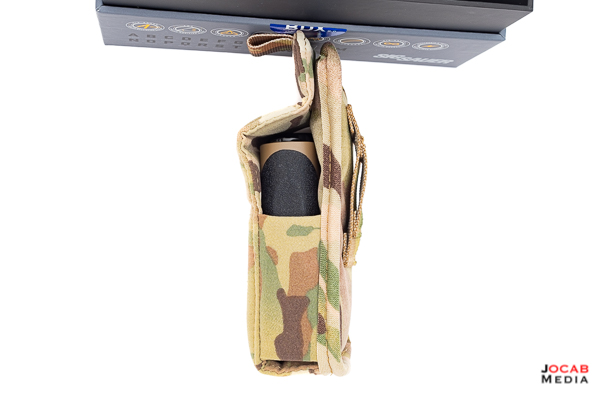
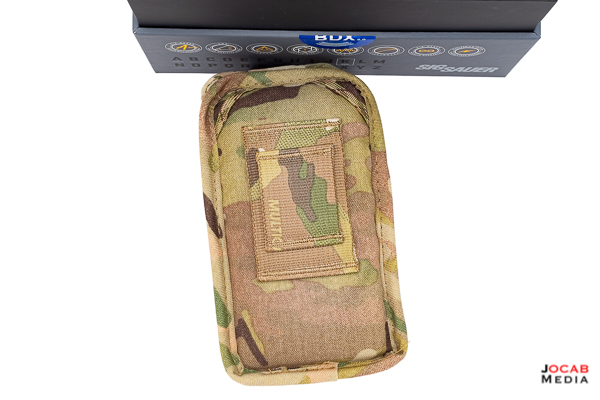
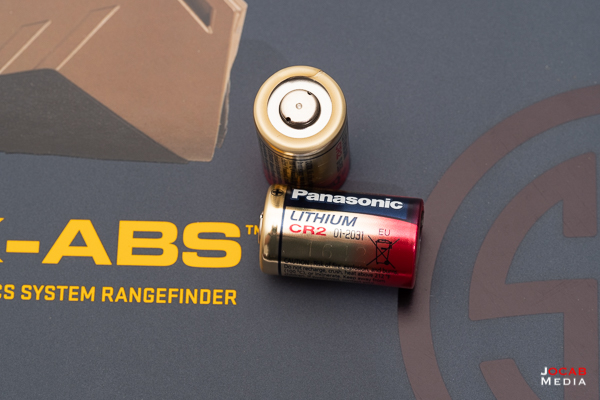
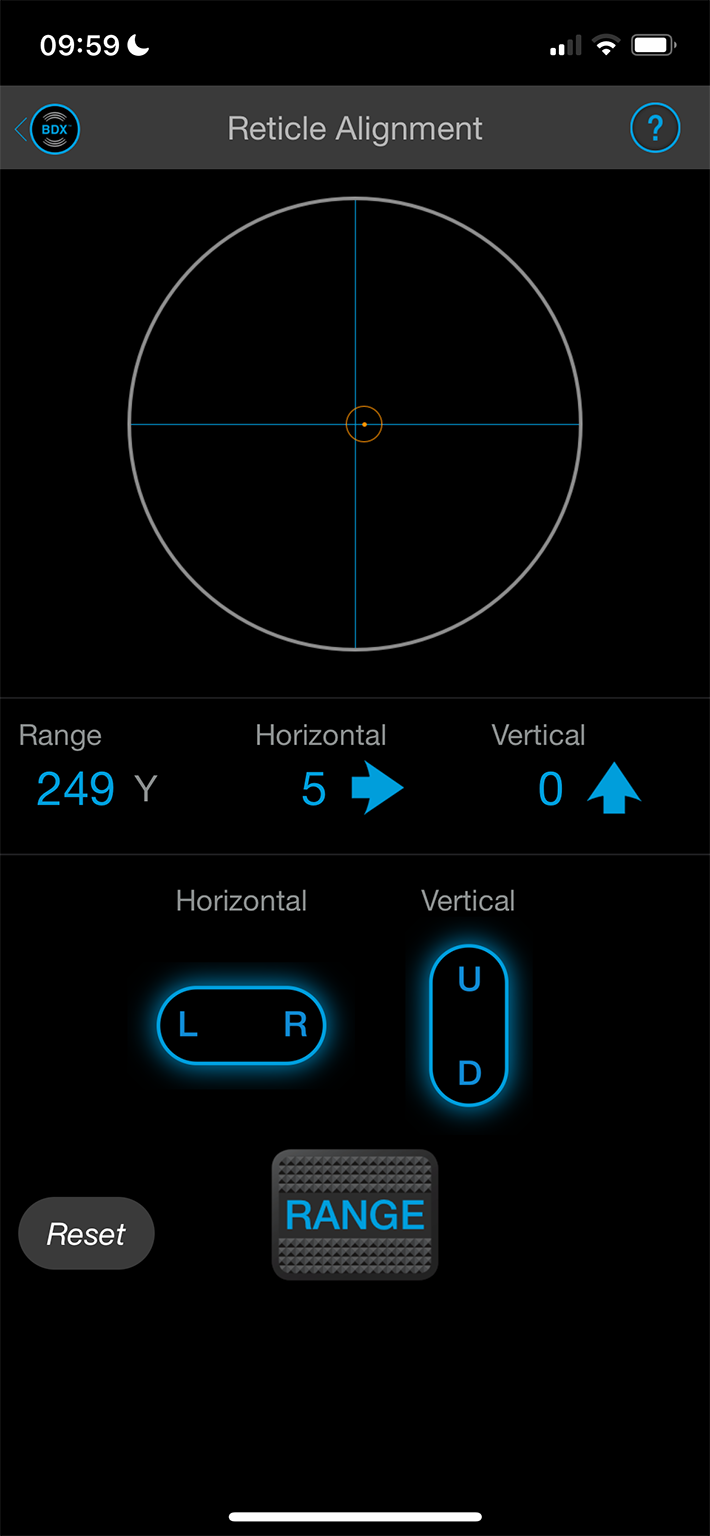
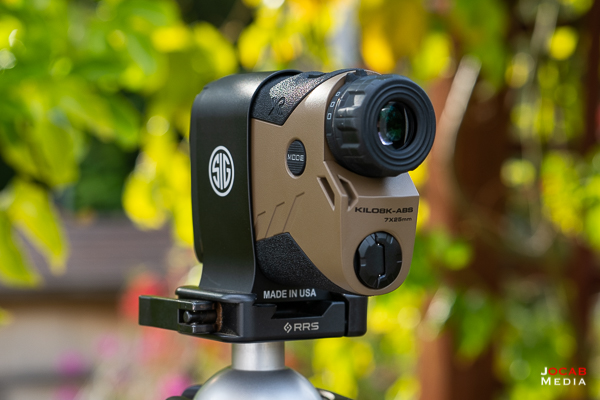
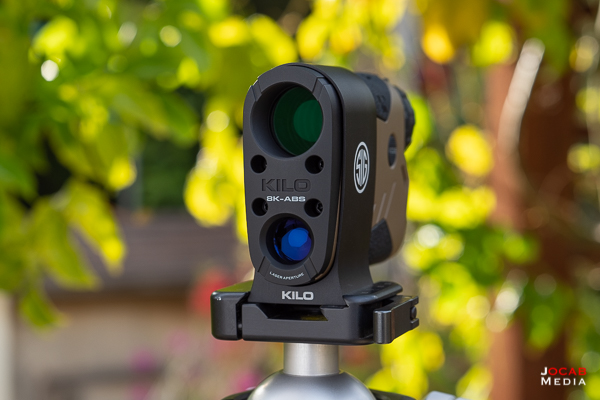
Sig Sauer Binoculars
The KILO8K-abs review has me torn! Lightweight Sig Sauer Binoculars with rangefinding sound amazing, but is the edge-of-field blur a dealbreaker? I love the built-in ballistics, but the minor build niggles give me pause. My wallet’s whispering “deal,” but my OCD’s screaming “flaws!” Anyone else using these? Worth the plunge despite the quirks?